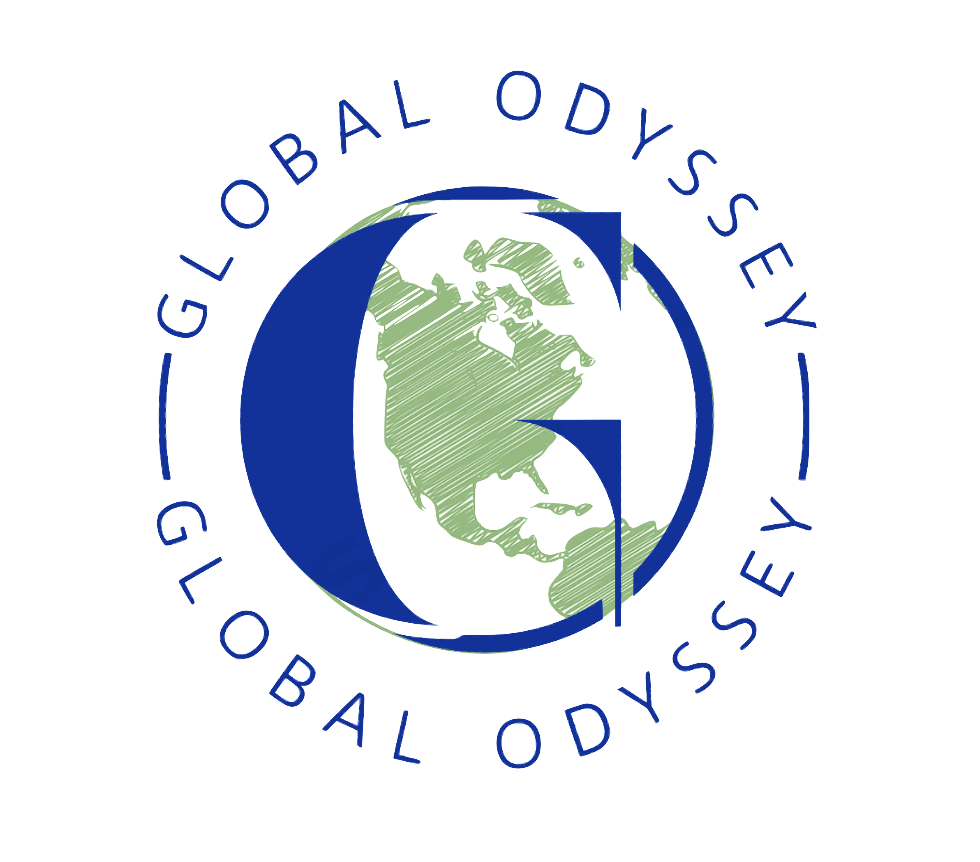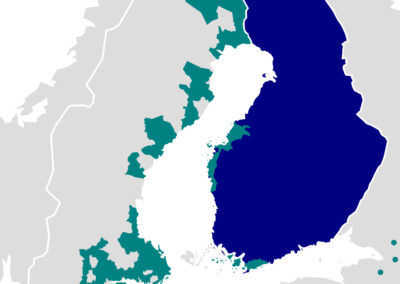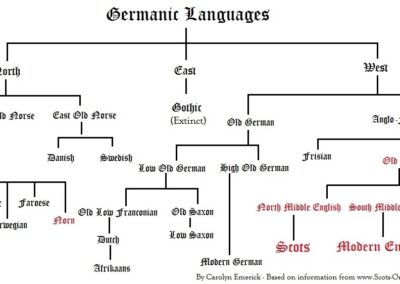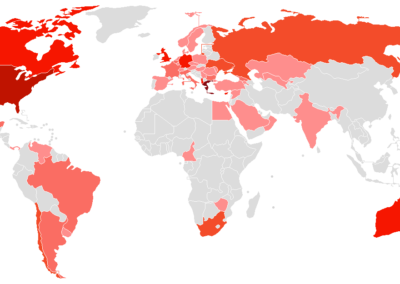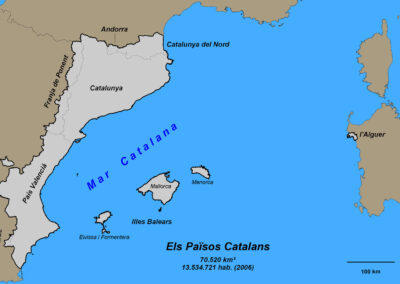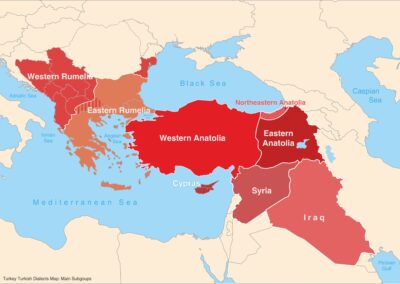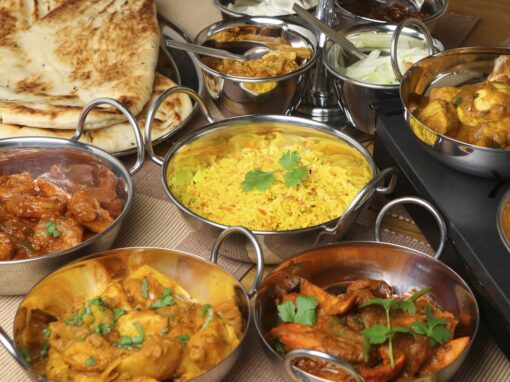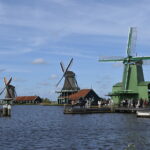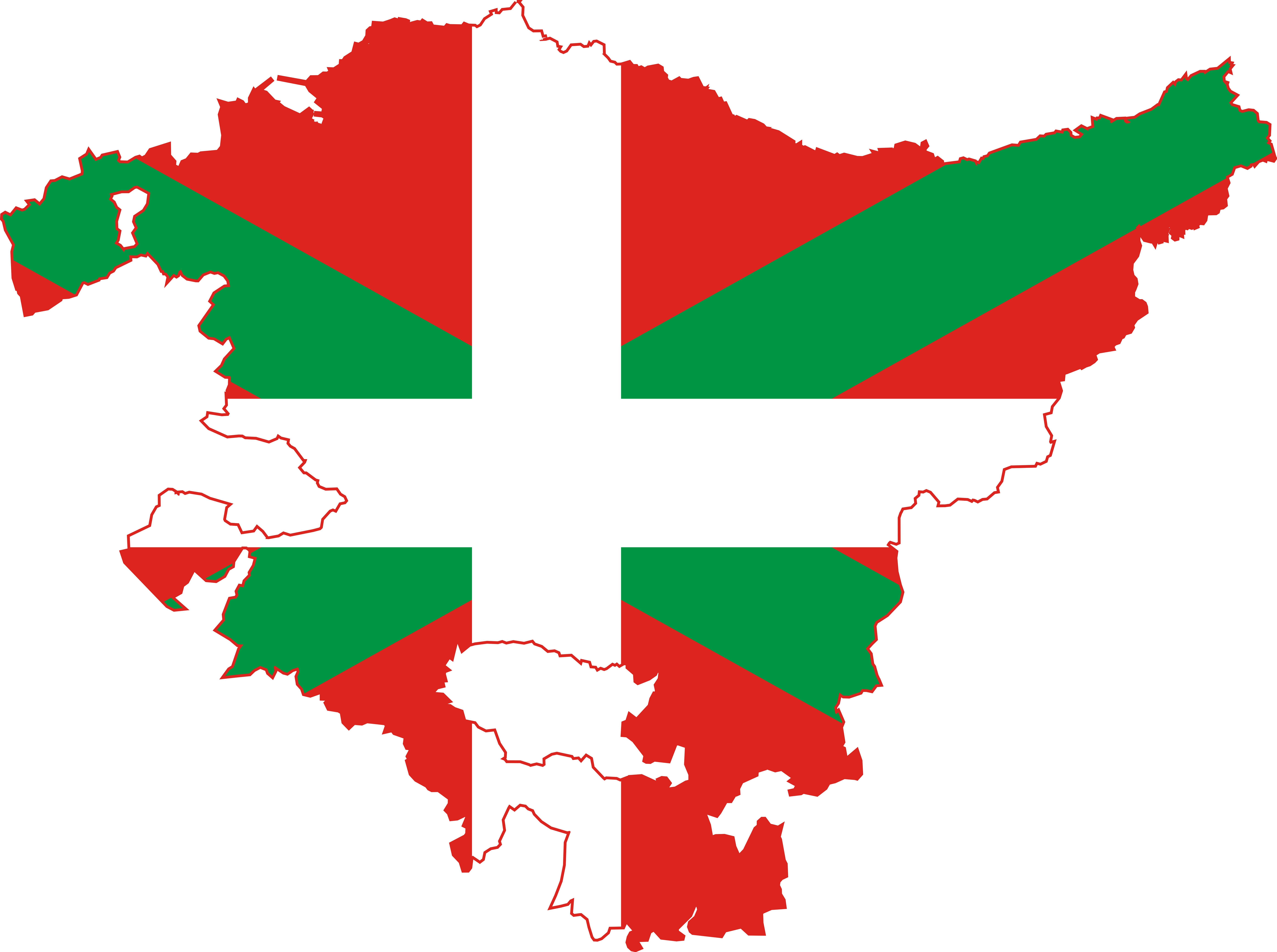If you are planning to travel across central Europe, eastern Europe or the Balkans anytime soon, then it is highly recommended you learn a little bit about the Slavic languages.
From the heart of central Europe in the Czech Republic and Slovakia to the vast expanse of Russia and down to the Black Sea in Bulgaria, the Slavic languages spread across a huge scope of Europe. They are the largest ethnolinguistic group in Europe and are spoken by almost 400 million people.
Like the Latin and Germanic languages, they are a language family and are believed to descend from a proto-language called Proto-Slavic.
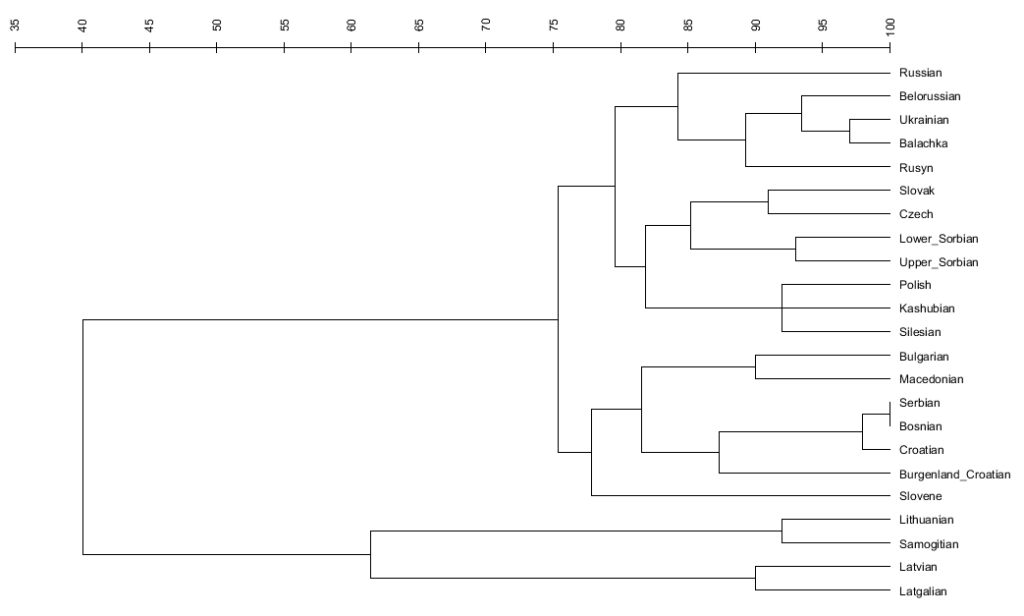
Slavic languages are divided into three subgroups
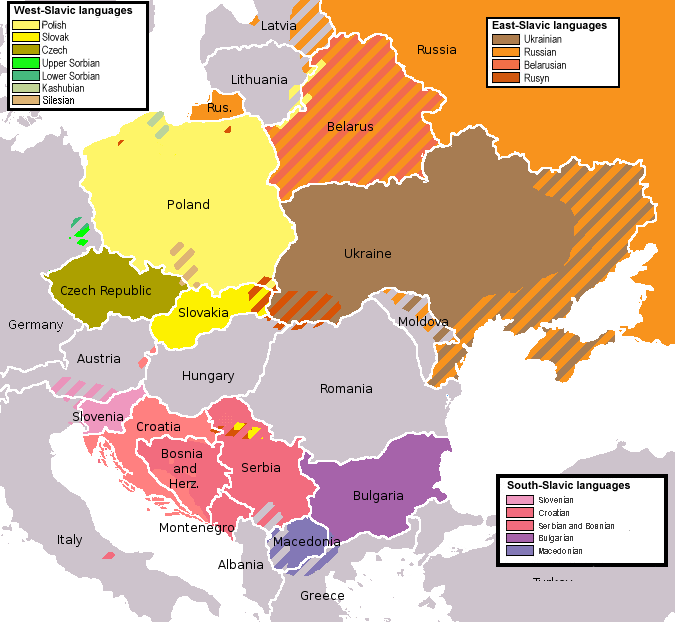
Like many language families, there are many branches within the Slavic language family.
The Slavic languages are divided into East Slavic, South Slavic and West Slavic languages which altogether amass more than 20 languages.
The East Slavic languages comprise Russian, Belarusian and Ukrainian. These languages all utilise the Cyrillic script and alphabet although Belarusian also uses the Latin script.
The South Slavic languages include Bulgarian, Macedonian, Serbian, Croatian, Bosnian, Montenegrin and Slovenian.
Bulgarian and Macedonian are written in the Cyrillic script while Croatian, Bosnian and Slovenian all use the Latin alphabet. Interestingly, like Belarusian, Serbian is bi-scriptal; it is written in both the Cyrillic and Latin scripts.
Then the West Slavic languages include Czech, Slovak and Polish.
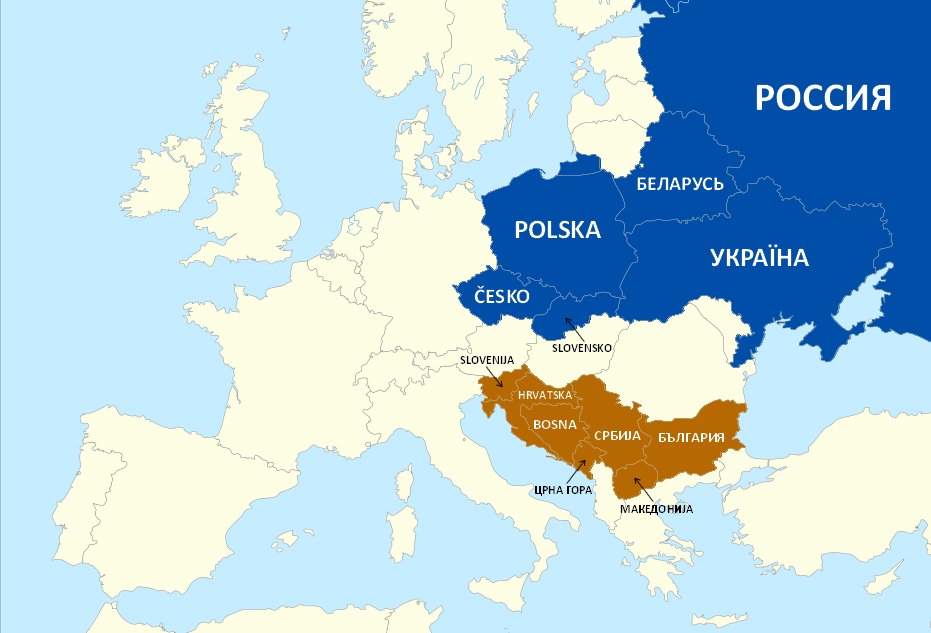
Most-spoken Slavic languages
Unsurprisingly, the most-spoken Slavic language is Russian, spoken by over 160 million native speakers and also as a second language by over 60 million people.
As such a widely spoken language, Russian is also a well-used lingua franca (bridge language connecting people who do not share a native language) in Central Asia and in the former Soviet republics. Hence learning a bit of Russian could be extremely useful when travelling around this part of Europe and Asia.
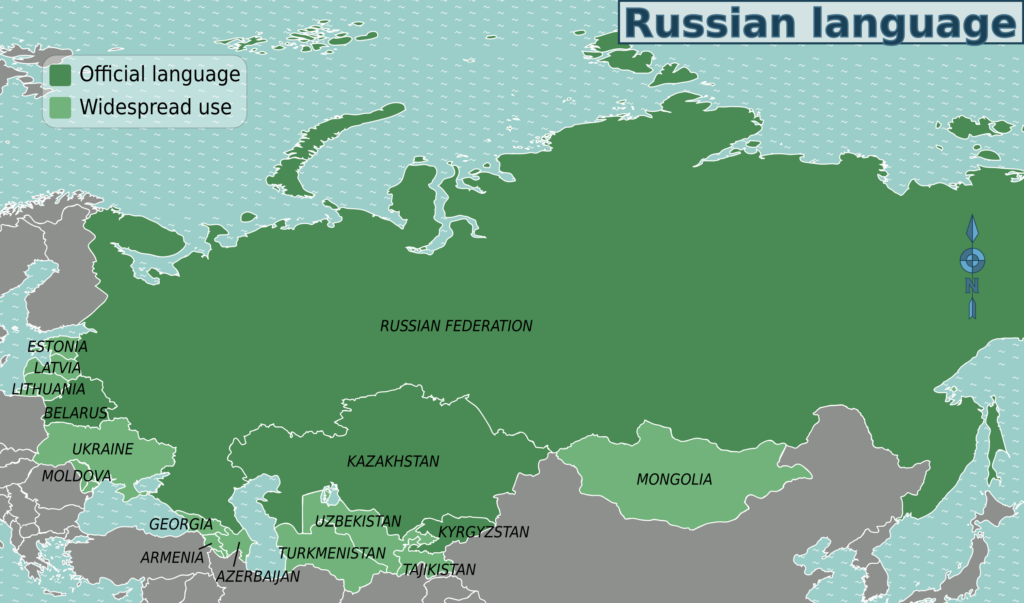
Ukrainian and Polish are the next most-spoken Slavic languages with just over 64% of Ukraine’s 38 million population speaking Ukrainian as their native language. 96% of Poland’s 40 million population speak Polish as their native language.
Over 12 million people speak Czech while around 20 million people speak Croatian, Serbian, Bosnian and Montenegrin.
Mutual intelligibility
Speakers of languages within the same branch will most likely be able to understand each other at least partially but they are generally unable to across branches.
Therefore, Russians, Ukrainians and Belarussians can all understand each other to a degree. The same goes for Czech, Slovak and Polish. While Croatians, Serbians, Bosnians and Montenegrins can understand each other to a high level as the primary difference between these languages is in slight vocabulary differences.
Grammar
Slavic languages are highly fusional and inflected, and with some exceptions, have well-developed inflection and cases. Cases are essentially different forms that mean words can appear differently depending on their role in a sentence. The Slavic languages have varying numbers of cases, with Russian having seven in total.
The word order in Slavic languages is mostly free.
Similarity to the Baltic languages
The Slavic languages are most closely related to the Baltic languages group which include Lithuanian, Latvian and the now-extinct Old Prussian.
Geographical extent
As aforementioned, the Slavic languages stretch across Central Europe, eastern Europe and the Balkans. However, taking into account the enormous landmass of Russia, Slavic languages technically stretch right across Siberia and to the Russian Far East, covering a gigantic area of land.
Now you know a bit more about the Slavic languages and where they are spoken. So, if you are planning a trip beyond western Europe, it is definitely worth learning the basics of the Slavic languages spoken in the countries you intend to visit!
